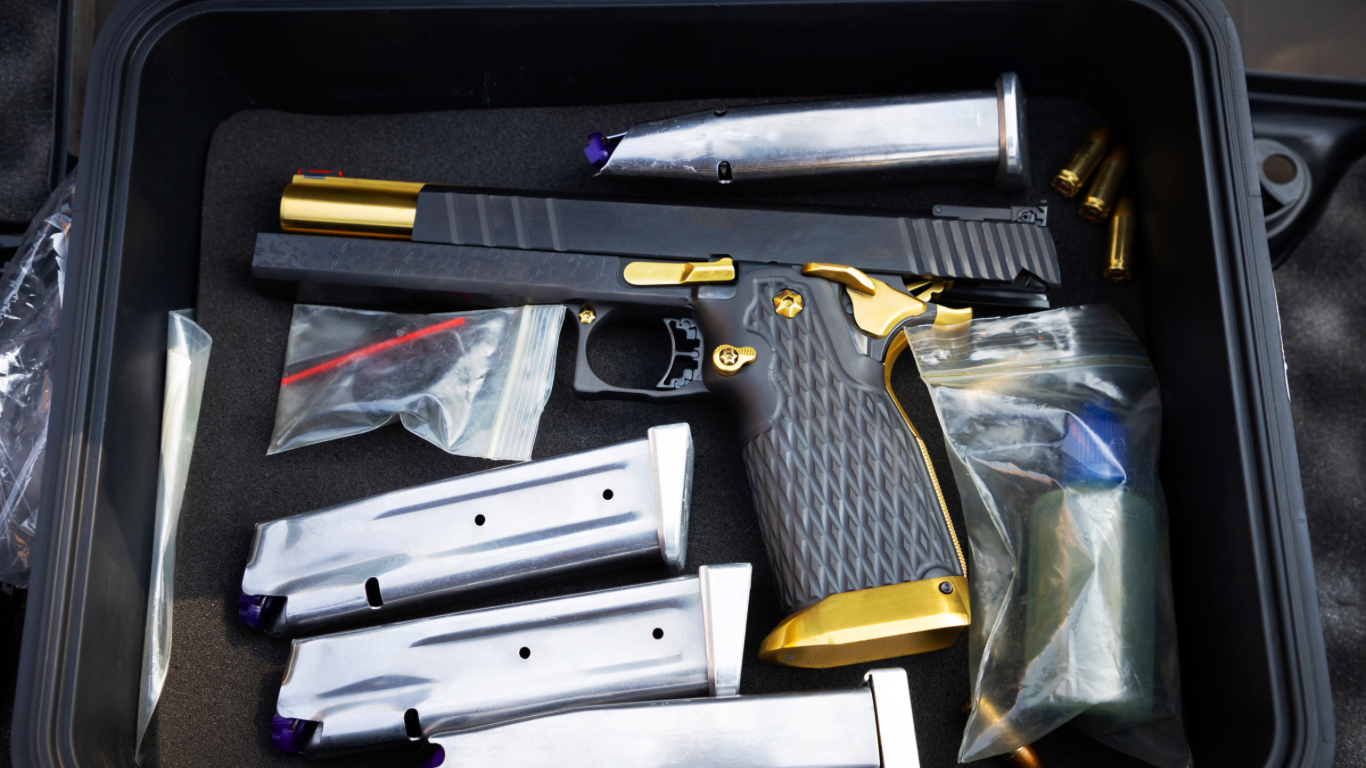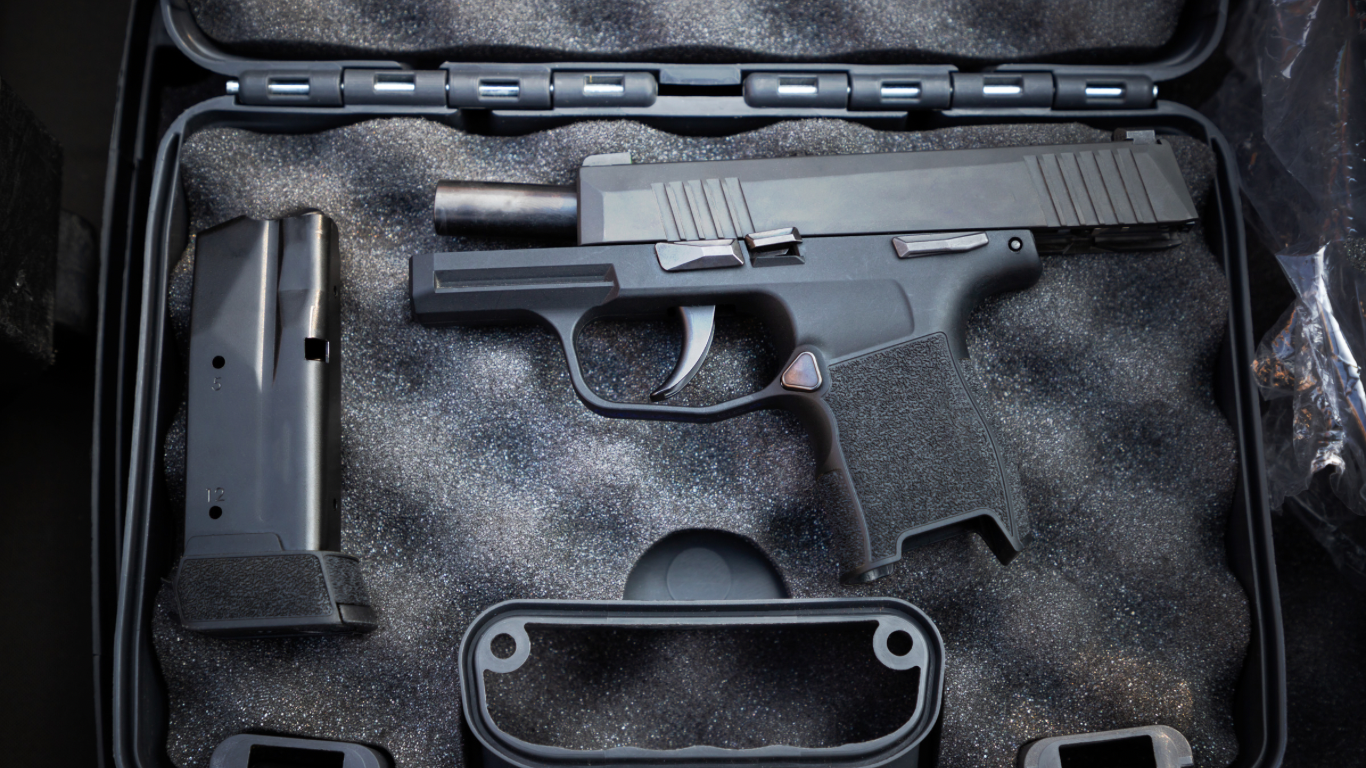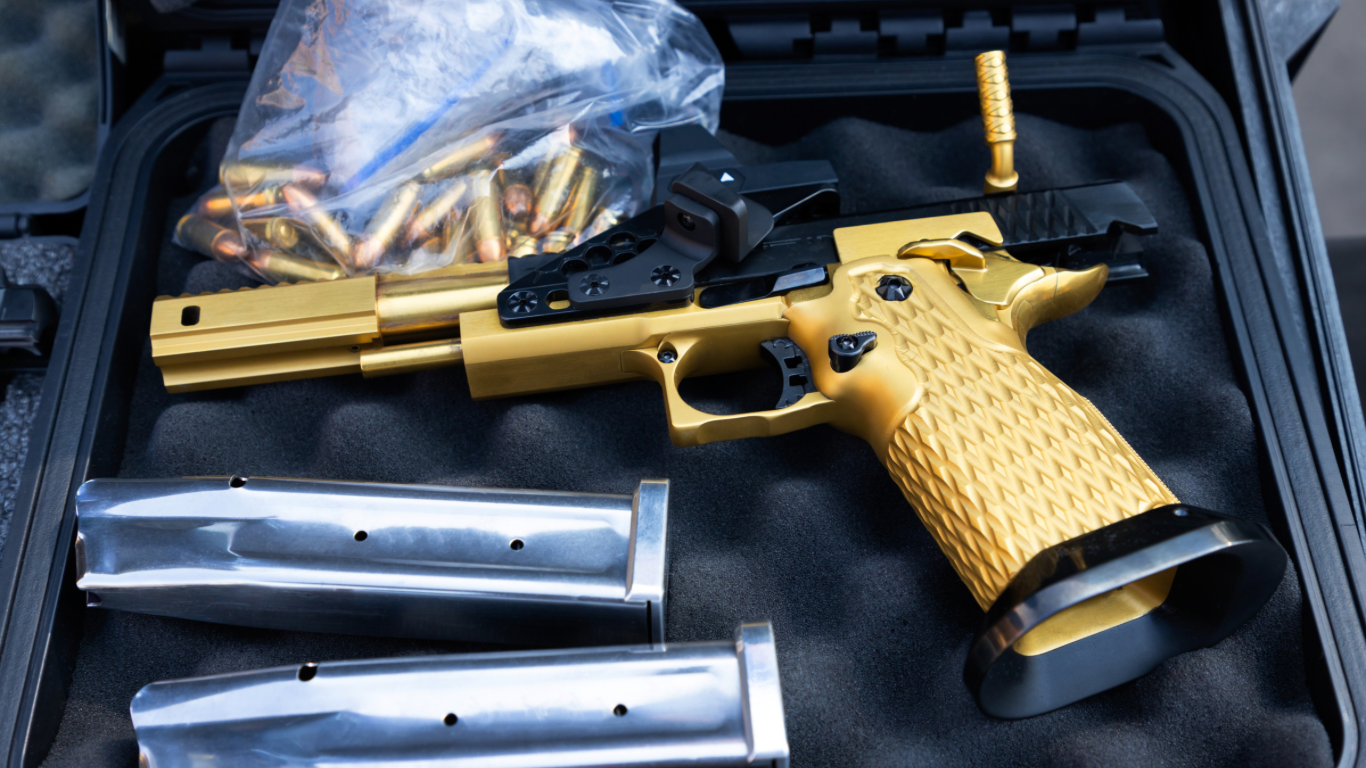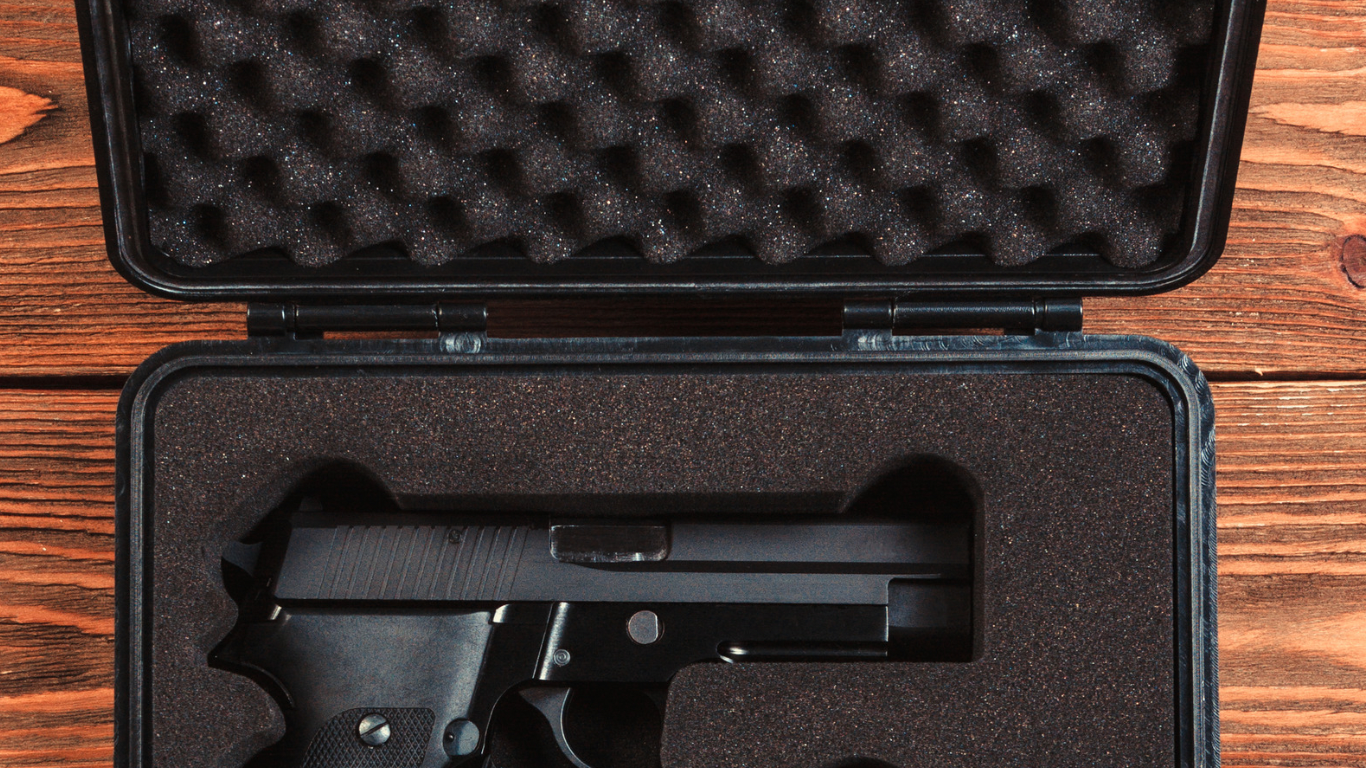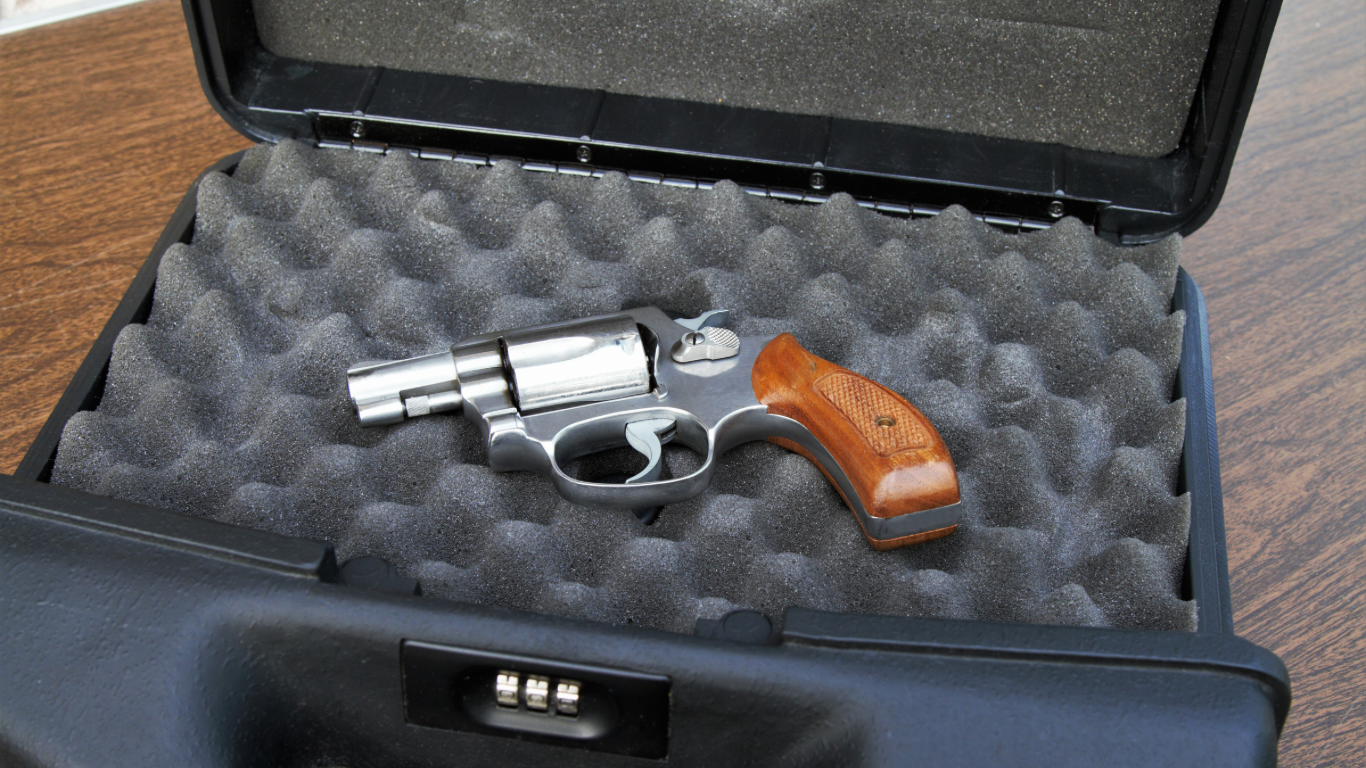There are several reasons why you might need to transport guns and ammunition. Whether you’re going hunting, attending a competition, or moving to a new home, it’s crucial to do so safely. Transporting firearms and ammunition can be a dangerous task, and proper care should always be taken to avoid accidents. In this blog post, we’ll take a closer look at some of the best practices for transporting guns and ammo.
Know the Laws
Before transporting firearms or ammunition, it’s essential to be aware of the laws surrounding them. Laws can vary greatly from state to state, so it’s important to research and understand such laws. Some states, for instance, have strict regulations on where or how guns and ammunition can be transported. Be sure to check licensing and legislation requirements before loading up your firearms.
Choose the Right Transport Vehicle
When transporting guns and ammo, it’s critical to choose the right vehicle. You want to ensure that one’s mode of transportation shouldn’t be an add-on that becomes an obstacle to safety. This involves factors such as ensuring enough space to store firearms, a hard-shell case that can hold the number of firearms that will travel, the type of ammunition to be transported, and any special features required for transport. Ensure that your transport vehicle is in good condition and can handle the weight of your firearms.
Properly Secure Your Firearms
When transporting firearms, always ensure they are secured and not loaded. Some guns have a latching mechanism in place to prevent accidental firing. Guns and ammunition should always be placed and securely stored outside of children’s reach. Try also to hide firearms from sight; this rule goes for all occupants of the car. Ensure firearms are packaged correctly, and ammunition containers have not been tampered with.
Use a Lockbox
A lockbox is a safe and secure way to transport firearms and ammunition. Lockboxes can prevent unauthorized access and theft, and they are a good way to keep firearms out of reach. Using a combination lock system will further prevent access. Lockboxes should be used to store guns in unoccupied areas. Do not put guns in any form of the heat or humid areas of a car’s location, roofing areas, or other uninvited places.
Keep a First Aid Kit
Finally, it’s always a good idea to carry a first aid kit when transporting firearms. Accidents can happen, and being prepared to handle any situation will always be handy. Be sure to have a kit that is equipped with basic emergency essentials and contains things like plasters, gauze, pain relievers, disinfectants, and bandages. You’ll want to be able to address any situation that can arise to avoid future problems.
Conclusion
Transporting firearms and ammunition requires careful consideration and attention to details. Following simple safe practices such as reviewing laws, using a lockbox, and securing firearms properly are critical pointers for safety. Additionally, avoiding risky situations and keeping a first aid kit will reduce the chances of accidents and injuries. Remember that safety should come first when transporting firearms and ammunition. Adhering to these guidelines ensures everyone remains safe throughout the journey.
